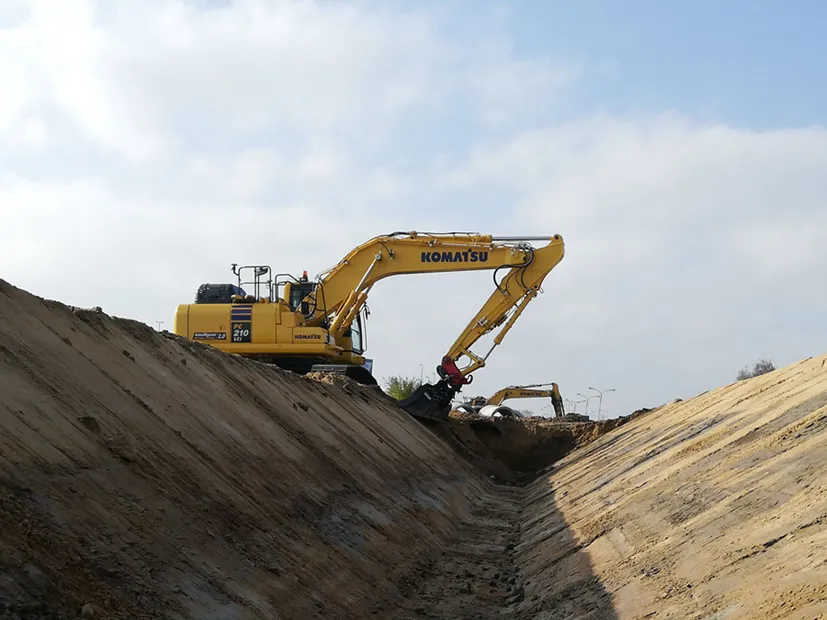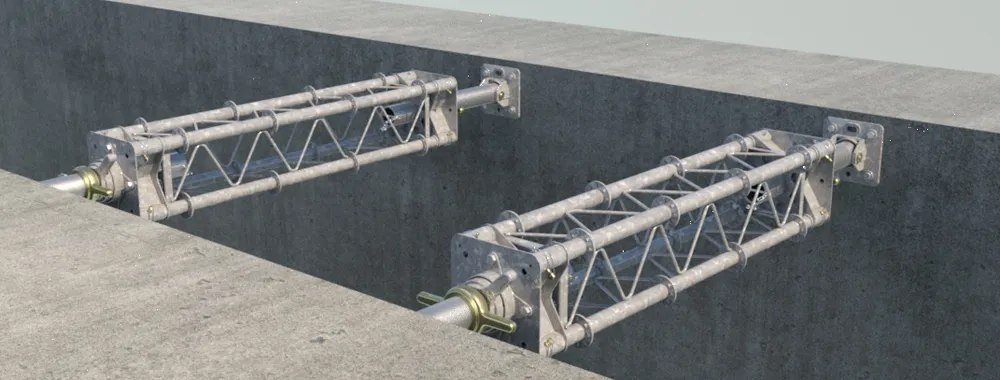In recent years, the roles of suppliers have changed as client and main contractors require more visibility and data from their construction sites. Due to the requirements of BIM - building information modelling - and the adoption of digital processes, it is no longer the role of a temporary works business to simply provide formwork and shoring.
Simon Dowd said, “At
He continued, “We recognised some years back that the industry would move away from 2D drawings. It has been a slow trend. But as we work closer with customers, particularly on larger infrastructure projects, it’s clear that 3D drawings should now be standard practice. We quickly learned that in order to service our customers - and by extension their clients - better, we must evolve and work smarter alongside them.”
RMD Kwikform has since evolved its 3D capabilities and designed solutions to automate highly realistic rendered 3D models, using an in-house developed visualisation tool, LocusEye. These models can be viewed on a PC, iPad or mobile phone, providing customers with a realistic model of how any solution looks on site. Flexible in functionality, LocusEye allows for changes to be made instantly and for solutions to be re-examined.
The industry needs smart solutions. With the growing adoption of BIM and the mandatory use of it in major projects, our customers are now demanding IFC BIM compliant models of our temporary works solutions.
Dowd said, “In response to our customer’s needs, we’re now building, automating and converting 3D AutoCAD models into IFC BIM compliant models. Through this system, on-site clashes can be detected, plus data can be captured to better manage equipment and plan construction phasing.”
LocusEye has already been used across a number of national and international projects. These include the UK’s Mersey Gateway and University College London Hospital, Australia’s Ventilation Facility and a number of access towers in Saudi Arabia.
Dowd said, “Some of the feedback we’ve already had is around the responsiveness of the models and how easy they are to interrogate. However, more importantly we’ve seen how much a positive impact this has had in allowing main contractors to visualise the overall management, build ability and future planning of the site.”
He continued, “Any construction site needs to be flexible; it’s just the nature of the job, the site demands change. With BIM compliant models and through LocusEye, our customers see what impact said change will have on a site.” How does this change and affect planned phasing; how does it impact delivery of equipment? He explained, “As the models are already embedded into the BIM model, our customers are able to manipulate processes, change phasing, and target specific elements of any model. This puts the control back in the contractor’s hands and grants complete visibility.”
“With BIM compliant packages and the added advantage of LocusEye, customers use their own tacit knowledge to look at practicalities for delivery, erection and dismantling of kit. They can see where access and egress can be placed and how the temporary works solution accommodates for other works on site.”
He concluded, “It’s all about the better management of the site in order to ensure even safer working practices, and ultimately reduce time and costs.”
*Simon Dowd is major projects manager at RMD Kwikform.









